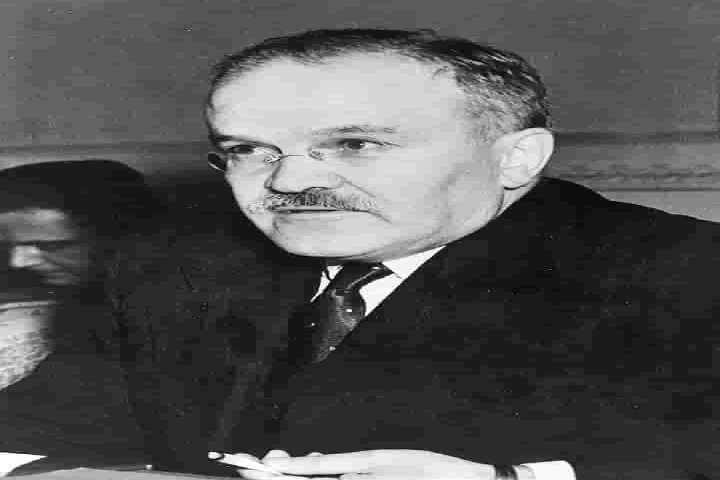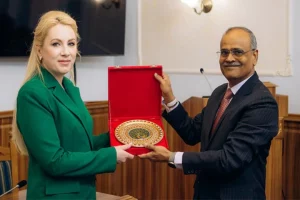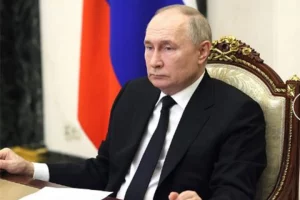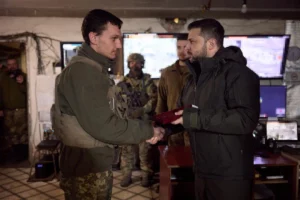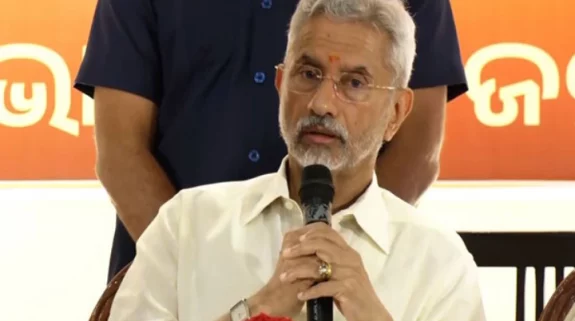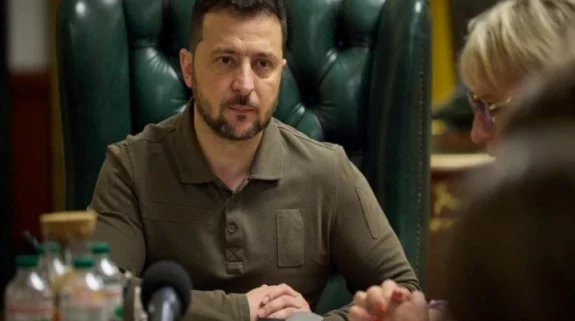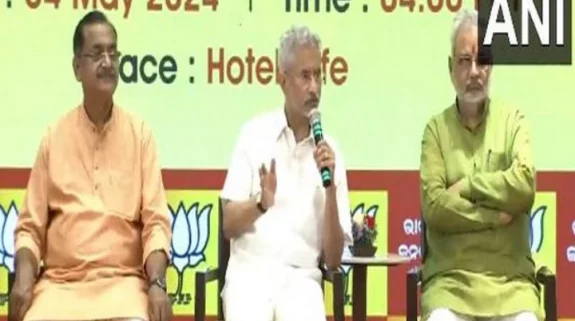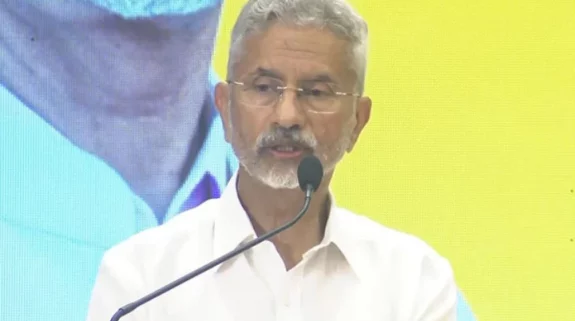With the fight breaking out between Ukraine and Russia, war reports have been constantly talking about weaponry, including the Molotov cocktail. While the Ukrainian Defence Minister Oleksiy Reznikov encouraged the Kyiv citizens to make them, recently the Ministry of Defence of Ukraine, issued a graphic informing its citizens how to attack a tank with a Molotov cocktail.
Poor man's grenade
Referred to as petrol or bottle bombs or even a poor man’s grenade, it has been a chosen weapon for revolutionaries and protestors alike. The design of the bomb itself is simple. Most often it is a bottle which is filled with gasoline or alcohol with a fuse which is invariably a rag.

Spanish troops with proto Molotov
As to how these bombs came about is not certain. According to some it may have been first used during the Spanish Civil War in the 1930s by General Francisco Franco’s troops. Some say it was during the 1935 Abyssinian War the Ethiopians fighting against Italian troops used it. Still others trace its use along the Irish border in 1922 by the Irish Republican Army.
The Russian connection
In 1939, these bombs got their present and popular name — Molotov cocktail. Russia got control of Finland because of a non-aggression pact signed in August between Germany ruled by the Nazis and the Soviet Union. Following this, Finland was invaded in winter by the Soviets. The invasion started with air strikes which the then Minister of Foreign Affairs Vyacheslav Molotov assured Russian radio listeners were dropping of humanitarian aid by USSR and not bombs.

British Home Guards preparing the petrol bombs
Finland people referred to the airborne deliveries as “Molotov’s picnic baskets” and swore to retaliate with “Molotov cocktails”. The bottle bombs were mass produced by Finland’s Alko Corporation, which has innovated by adding tar to the gasoline ensuring that the flaming liquid stick better to its target.
In all half a million Molotov cocktails were used by Finnish fighters causing damage to hundreds of Soviet armed vehicles. Though they lost, the idea became a hit and the British Home Guard stocked these bombs for use against a potential Nazi invasion.
The Polish Army developed another version with sulfuric acid, sugar, and potassium chlorate that ignited upon impact, thereby cutting out the use of a fuse.






